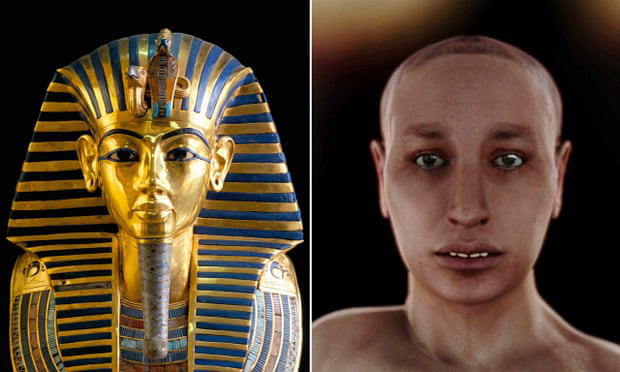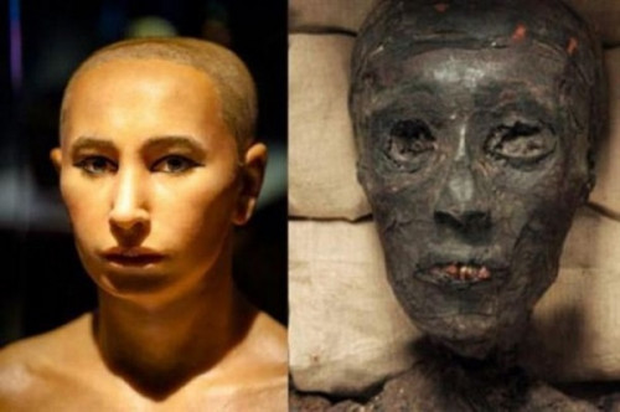Researchers recreated the face of pharaoh Tutankhamun as a young king of the 18th Dynasty, who ascended the throne at the age of 9 and died at the age of 19.

A group of researchers from Australia, Italy, and Brazil used modern technology to recreate the face of pharaoh Tutankhamun, also known as King Tut, after 3,300 years. They will announce their findings in a new study published in the Italian journal Anatomy and Embryology, Sun reported on May 31.
Researchers used digital models and pre-existing measurements of King Tut’s mummy skull to reconstruct the face. Brazilian graphic designer and study co-author Cicero Moraes describes the resulting image as more like a young student than a responsible king. He shared that the modeling process was very difficult because the team could not directly access the deceased pharaoh’s skull.

“It’s a detection job, where we link each trace of information to create a 3D model of the skull. With scale data and some key skull measurements, we can rely on virtual donor skull to create Tutankhamun’s skull,” Moraes explained.
Next, the research team in turn determined the size of King Tut’s lips, the position of his eyeballs, the length of his ears… All proportions are based on statistical research conducted on CT scans of individuals. have different ancestors.
Moraes believes that the reconstruction results are highly compatible with the actual face in terms of overall structure. According to Michael Habicht, an Egyptologist and archaeologist at Flinders University, Australia, and co-author of the study, the reconstructed face is very close to the image created by a group of French experts a few years ago and corresponds to Ancient depictions of Tutankhamun.

Tutankhamun was an Egyptian pharaoh of the 18th Dynasty, reigning from 1332 to 1323 BC. He was the son of pharaoh Akhenaten and ascended the throne at the age of 9 or 10. He died at the age of 18 and the cause of death has not been determined.
In 1907, Lord Carnarvon George Herbert appointed British archaeologist and Egyptologist Howard Carter to oversee excavations in the Valley of the Kings. On November 4, 1922, Carter’s group found the steps leading to King Tut’s tomb. He opened the tomb and found the pharaoh’s coffin in February 1923. Carter and his colleagues spent 10 years collecting the treasure in the tomb. For many people, King Tut represents Egypt’s glorious period because his tomb is filled with gold and silver wealth that represents the luxury of the 18th Dynasty from 1569 to 1315 BC.






